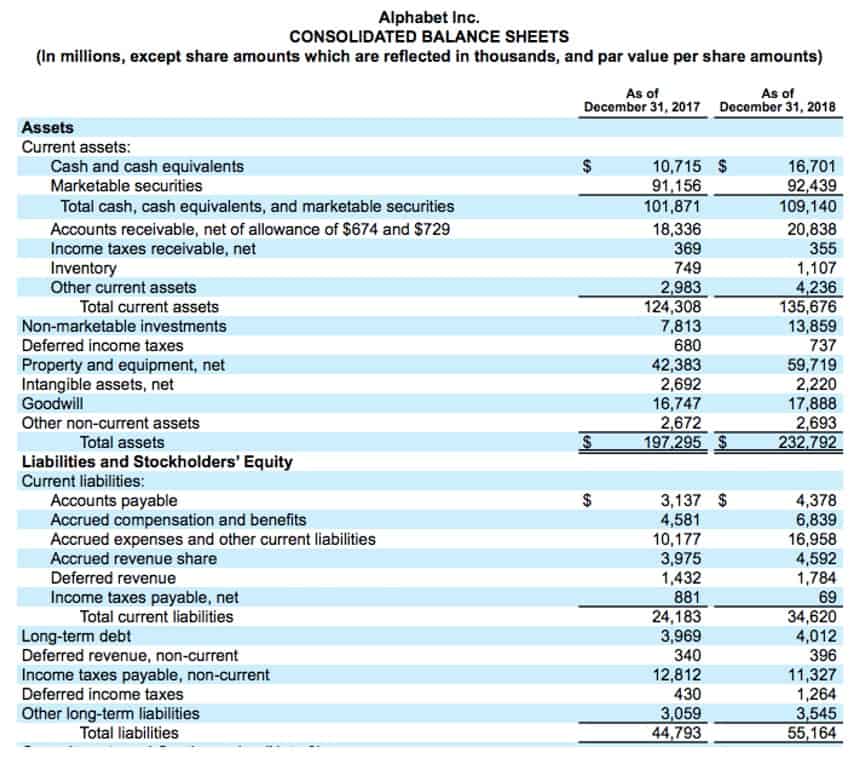
Additional paid-in capital is the amount shareholders have paid into the company in excess of the par value of the stock. Retained earnings is the cumulative earnings of the company over time, minus dividends paid out to shareholders, that have been reinvested in the company’s ongoing business operations. The treasury stock account is a contra equity account that records a company’s share buybacks.

Normal Balances of Accounts Chart

Since expenses are usually increasing, think “debit” when expenses are incurred. The exceptions to this rule are the accounts Sales Returns, Sales Allowances, and Sales Discounts—these accounts have debit balances because they are reductions to sales. Accounts with balances that are the opposite of the normal balance are called contra accounts; hence contra revenue accounts will have debit balances. The normal balance shows debit in the accounts payable when the left side is positive. It means, according to the accounting equation, the assets for that accounts are higher than the sum of shareholders’ equity and liabilities. The normal balance of all asset and expense accounts is debit where as the normal balance of all liabilities, and equity (or capital) accounts is credit.

The impact of understanding normal balances

The rest of the accounts to the right of the Beginning Equity amount, are either going to increase or decrease owner’s equity. The Cash account stores all transactions that involve cash receipts and cash disbursements. By storing these, accountants are able to monitor the movements in cash as well as it’s current balance. A capital account is important because it shows the flow of investment (both public and private) in and out of a country. If more investment is flowing out of a country, the capital account is in deficit; if more is flowing in, it is a surplus. Ideally, a country would prefer a surplus, as it shows that foreign nations are investing more in the domestic nation, which is better for the domestic nation’s economy.
Revenues and Gains Are Usually Credited
Similarly, there is little reason for a business to pay a liability in excess of what it owes. On the other hand, a business that has not reached profitability will debit a cumulative earnings/loss equity account with its losses, resulting in a negative balance. An asset is anything a company owns that holds monetary value. Cash, equipment, and inventory are all examples of assets. This means that when you increase an asset account, you make a debit entry. For instance, when a business buys a piece of equipment, it would debit the Equipment account.
Rules of debit and credit
- Instead, it signifies whether an increase in a particular account is recorded as a debit or a credit.
- The companies usually do not pay for these services or products in cash, because it can impact the cash positions in the balance sheets of the company.
- The expense shifts the balance of the accounts payable from the credit side to the debit side.
- Let’s say there were a credit of $4,000 and a debit of $6,000 in the Accounts Payable account.
- This usually happens when the company extends credit to its suppliers; the credit is reported as an expense.
- Ideally, a country would prefer a surplus, as it shows that foreign nations are investing more in the domestic nation, which is better for the domestic nation’s economy.
- Ultimately, the accounting equation determines whether the normal balance occurs on the debit or credit side.
Specialties include general financial planning, career development, lending, retirement, tax preparation, and credit. Ed then sells a $2,000 computer on his Shopify store online. Ed allows the commercial client to pay within 30 days after he invoices them. We’ve been developing and improving our software for over 20 years! Thousands of people have transformed the way they plan their business through our ground-breaking financial forecasting software. Let’s recap which accounts have a Normal Debit Balance and which accounts have a Normal Credit Balance.
Debit for normal balances
- The contra accounts cause a reduction in the amounts reported.
- Consider a company ABC which gets supplies of spanners worth one thousand dollars from one of its suppliers.
- For the past 52 years, Harold Averkamp (CPA, MBA) hasworked as an accounting supervisor, manager, consultant, university instructor, and innovator in teaching accounting online.
- For accounts receivables that are on the assets side, the normal balance is usually debit.
- The exceptions to this rule are the accounts Sales Returns, Sales Allowances, and Sales Discounts—these accounts have debit balances because they are reductions to sales.
The rules of debit and credit determine how a change affected by a financial transaction can be updated in a journal and then applied to accounts in ledger. If the rented space was used to manufacture goods, the rent would be part of the cost of the products produced. Temporary accounts (or nominal accounts) include all of the revenue capital normal balance accounts, expense accounts, the owner’s drawing account, and the income summary account. Generally speaking, the balances in temporary accounts increase throughout the accounting year. At the end of the accounting year the balances will be transferred to the owner’s capital account or to a corporation’s retained earnings account.
Normal account balance definition
Thus, if you want to increase Accounts Payable, you credit it. Let’s say there were a credit of $4,000 and a debit of $6,000 in the Accounts Payable account. Since Accounts Payable increases on the credit side, one would expect a normal balance on the credit side.
Which Country Has the Largest Capital Account?

What Is a Capital Account vs. Equity Account in Accounting?
- All of these products or services are prime examples of accounts payable.
- In economic terms, the current account deals with the receipt and payment in cash as well as non-capital items, while the capital account reflects sources and utilization of capital.
- Depending on the function performed by the salaried employee, Salaries Expense could be classified as an administrative expense or as a selling expense.
- An account with a balance that is the opposite of the normal balance.
- It is also known as owner’s equity for a sole proprietorship or shareholders’ equity for a corporation, and it is reported in the bottom section of the balance sheet.
Be the first to comment on "What is a Normal Balance in Accounting?"